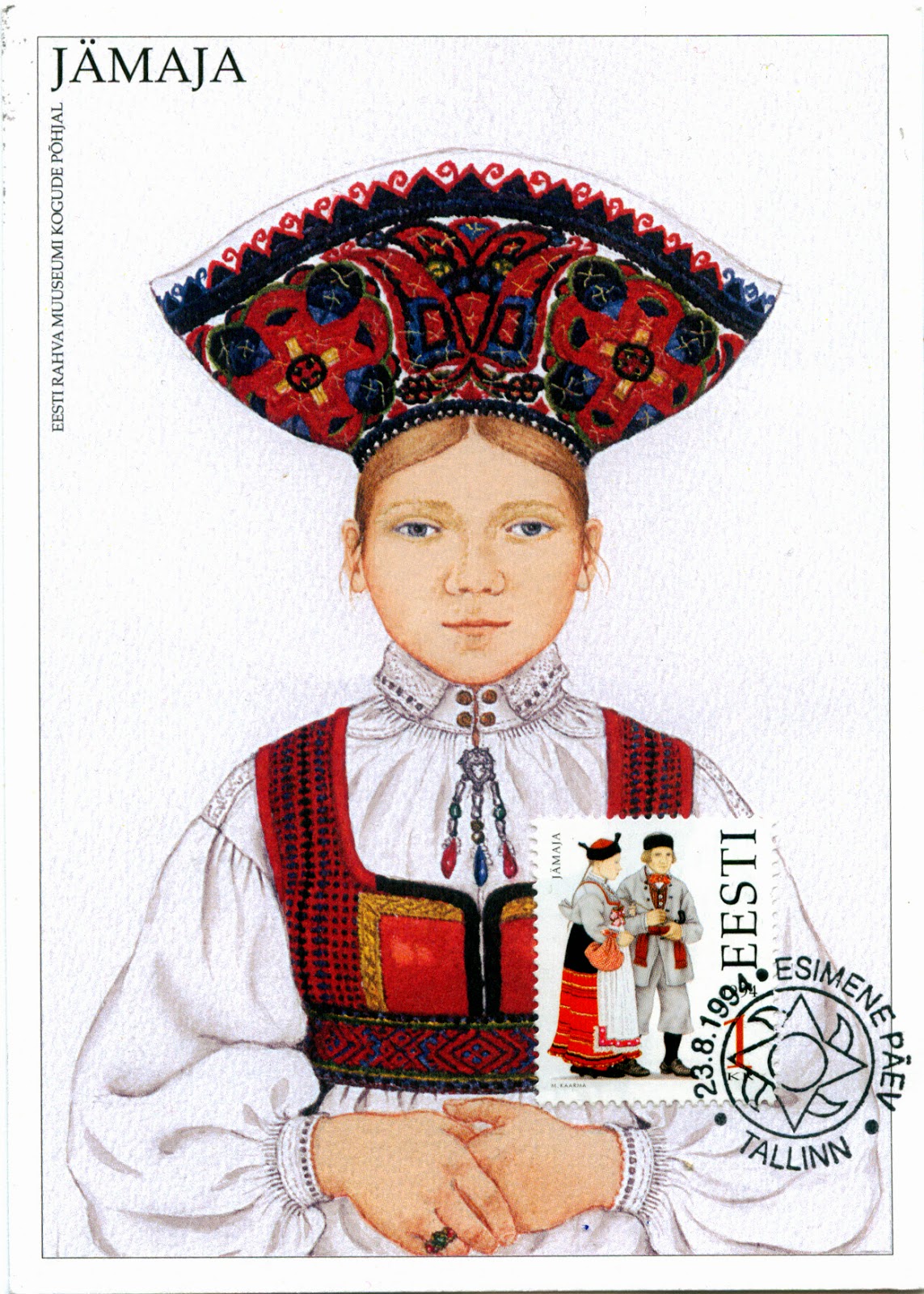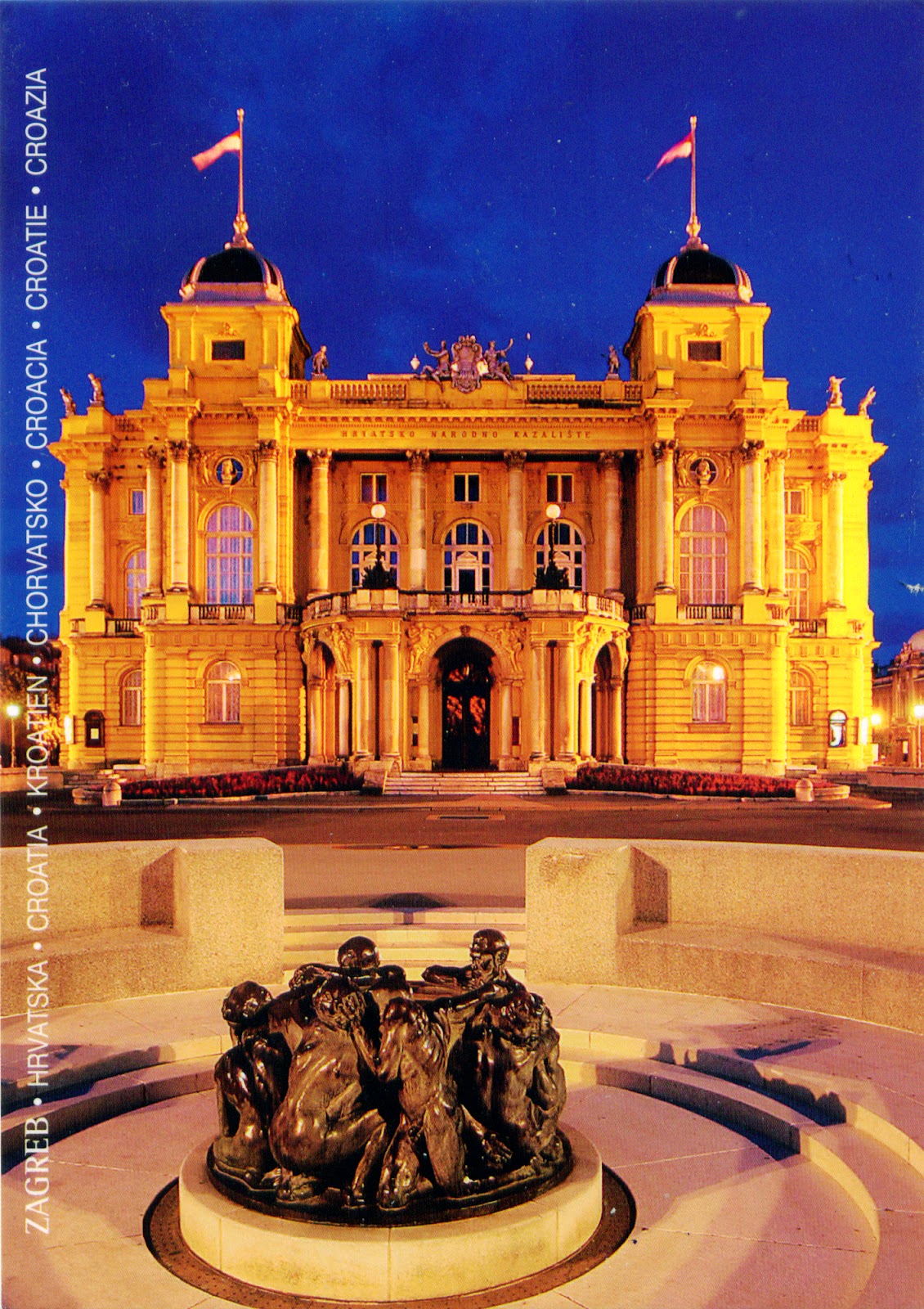The Tateyama Kurobe Alpine Route, known also as the "Roof of Japan", is a famous mountain sightseeing route between the cities Tateyama and Ōmachi, in the center of the island of Honshu. The route, opened in 1971, is just 37km in length, but the vertical interval is as large as 1,975m. The route is carefully built so that the surrounding environment is not damaged. Consequently, three lines go entirely under tunnels. Among them, two are trolleybus lines, the only ones in use in Japan. The route goes through Tateyama in the Hida Mountains with a lot of scenic sites, including Kurobe dam. Currently, the route is purely a sightseeing one, only used by tourists, especially that the Tateyama Kurobe area is a national park with protected flora and fauna.
The Tateyama Kurobe Alpine Route, known also as the "Roof of Japan", is a famous mountain sightseeing route between the cities Tateyama and Ōmachi, in the center of the island of Honshu. The route, opened in 1971, is just 37km in length, but the vertical interval is as large as 1,975m. The route is carefully built so that the surrounding environment is not damaged. Consequently, three lines go entirely under tunnels. Among them, two are trolleybus lines, the only ones in use in Japan. The route goes through Tateyama in the Hida Mountains with a lot of scenic sites, including Kurobe dam. Currently, the route is purely a sightseeing one, only used by tourists, especially that the Tateyama Kurobe area is a national park with protected flora and fauna.











































